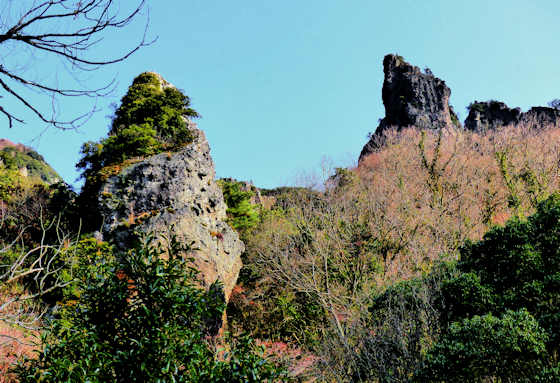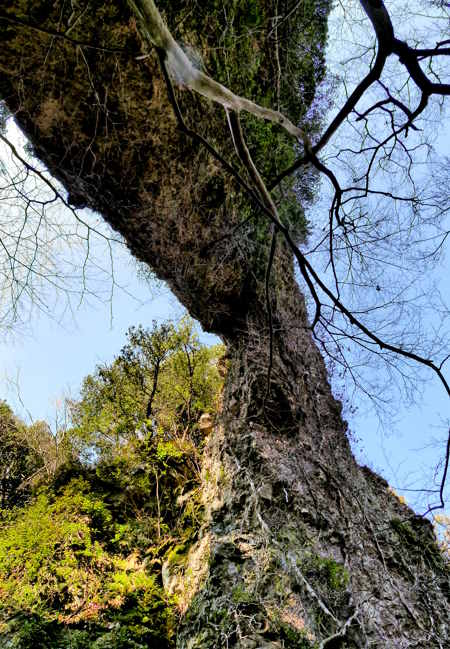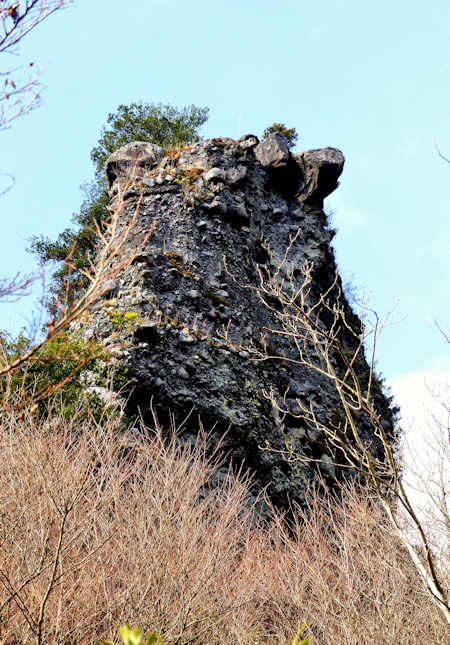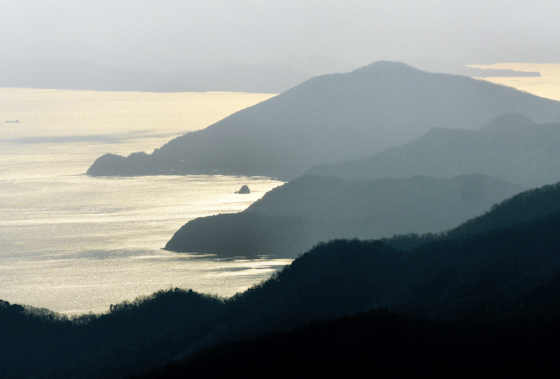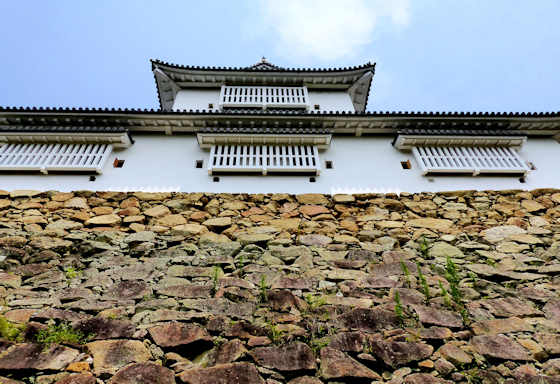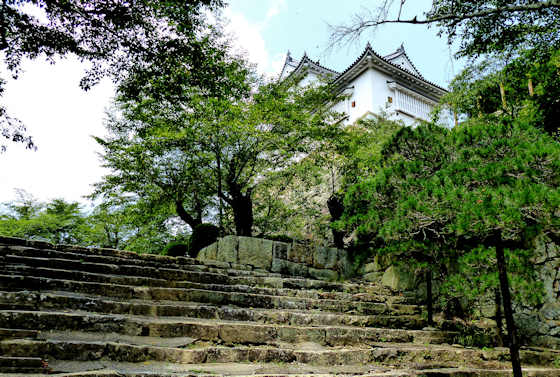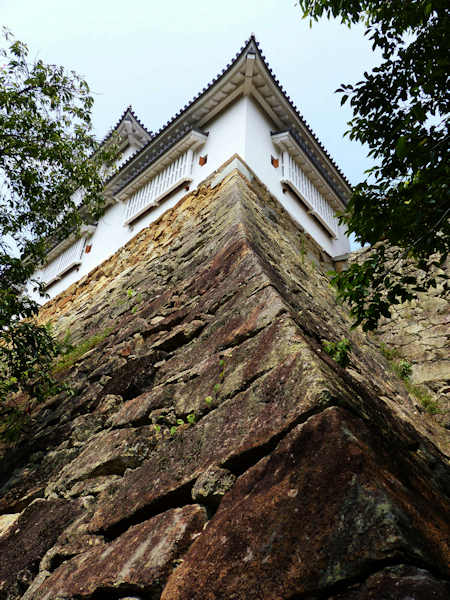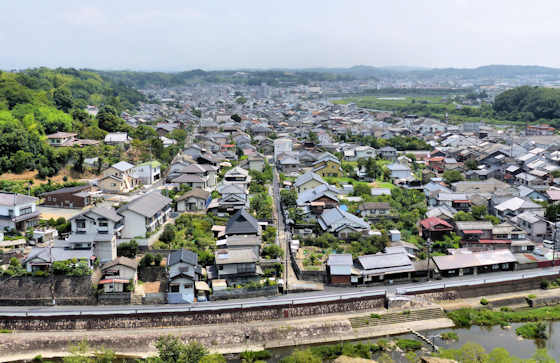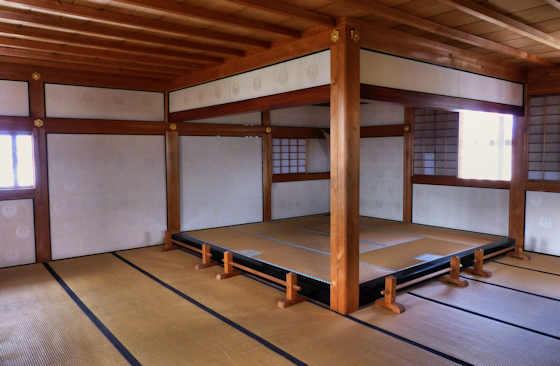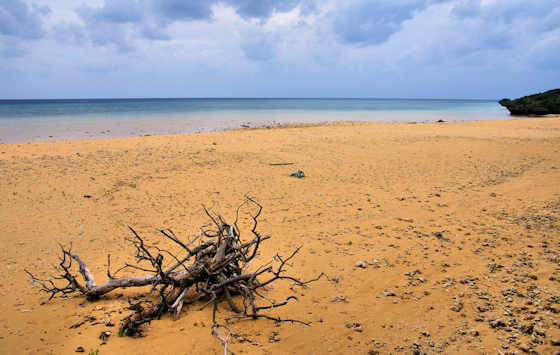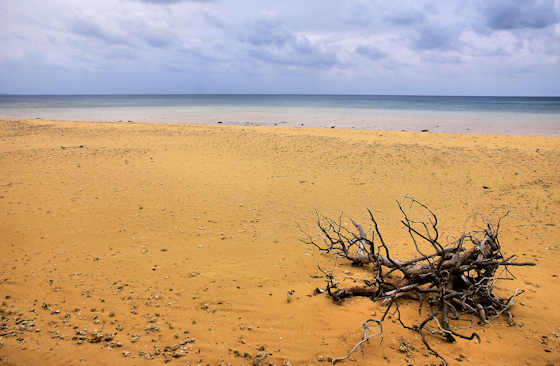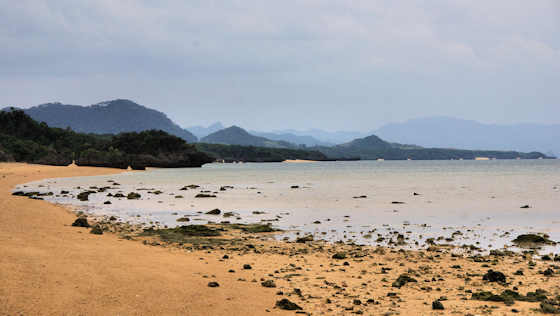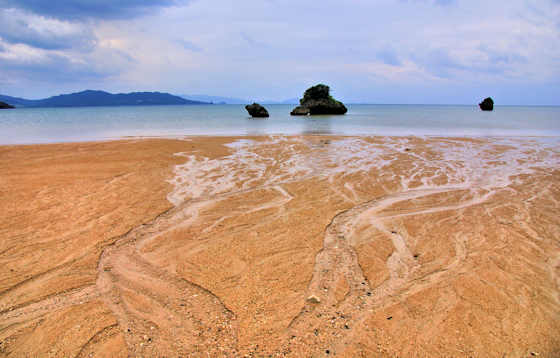Thursday, February 23, 2023
Nomiyama Kannonji Temple 16 Sasaguri Pilgrimage
Wednesday, February 22, 2023
Taiyuji Temple 6 Kinki Fudo Myo Pilgrimage
Monday, February 20, 2023
Takahara to Takijirioji on the Nakahechi
Takahara to Takijirioji on the Nakahechi
Sunday, February 19, 2023
Kankakei Gorge East Trail
Kankakei Gorge East Trail
Kankakei Gorge on Shodoshima Island is a major scenic spot of the island and included in the top 100 scenic spots of Japan. It is particularly popular in the autumn when it is a blaze of colors.
Formed by 2 million years of erosion, Kankakei, which means "cold mist valley", is home to a dramatic landscape of cliffs, spires, and strangely shaped rock formations. It is commonly viewed from the ropeway which runs for almost a kilometer and climbs about 300 meters to the top.
There are two trails for those who wish to explore the gorge, the West, or Front Trail, and the East, or Back Trail. The latter is about 3k in length and starts from the bus stop very near Hotogegataki, the 20th temple on the Shodoshima pilgrimage.
About halfway up the trail you pass underneath a huge natural arch or bridge where you can visit Sekimondo Temple, number 18 on the pilgrimage, and like Hotogegataki, a curious cave temple.
Many of the rock formations you see on the way have names, with the one below looking very much like the coffee pot rock formation near Sedona in Arizona.
As you climb the views become more and more expansive as you get closer to what is not only the highest point on the island but also the highest point in the Seto Inland Sea.
I first visited on the second day of my walk along the Shodoshima pilgrimage. The previous post in the series is Sekimondo Temple 18.
Friday, February 17, 2023
Tsuyama Castle Okayama
Tsuyama Castle 津山城
Tsuyama castle, in the mountains of Okayama prefecture, is not a very well-known castle, but during the Edo period it was considered one of the greatest in all of Japan.
Its claim to greatness came from the sheer number of fortification structures that were ued in its construction. It was in a real sense extremely over-engineered.
Covering the flat hilltop, it was built on three levels with a total of 77 turrets (yagura), 26 gates, and topped with a 5-storey tower/keep.
The impressive stonework remains, but all the wooden structures were destroyed in the early years of Meiji, when most Japanese castles were dismantled. A few years later, however, some of the gates were reconstructed, and in the 1930's a fake keep was built but it was taken down during WWII as an obvious landmark for bombers.
In 2005 the rather grand Bitchu Turret was rebuilt and the tatami-floored interior is open to the public.
500 cherry trees have been planted in the castle grounds and are now a very popular cherry blossom viewing spot.
A castle was built on this site in the mid 15th century by the Yamana clan, but it was abandoned. In 1603 the domain was given to Mori Tadamasa and it was he who spent 12 years constructing the new, massive fortress.
According to Shogunate regulations, 5, or more, storey keeps were not allowed, but when the inspectors came to view the new castle Mori had the roof removed from the fifth storey and therefore claimed it was only 4 storeys. Apparently, he got away with it.
At the end of the 17th century, the castle passed to the Matsudaira Clan who held it until the end of the domains in the late 19th Century.
Tsuyama is a Hirayamajiro-style castle, a flat hilltop castle, as opposed to a Hirajiro, flatland castle, or a Yamajiro, mountain castle. Other notable Hirayama-style castles include Himeji and Matsuyama.
I visited on the 4th day of my walk along the Chugoku Kannon pilgrimage. The previous post in this series was Bridges of Shurakuen Gardens.
























